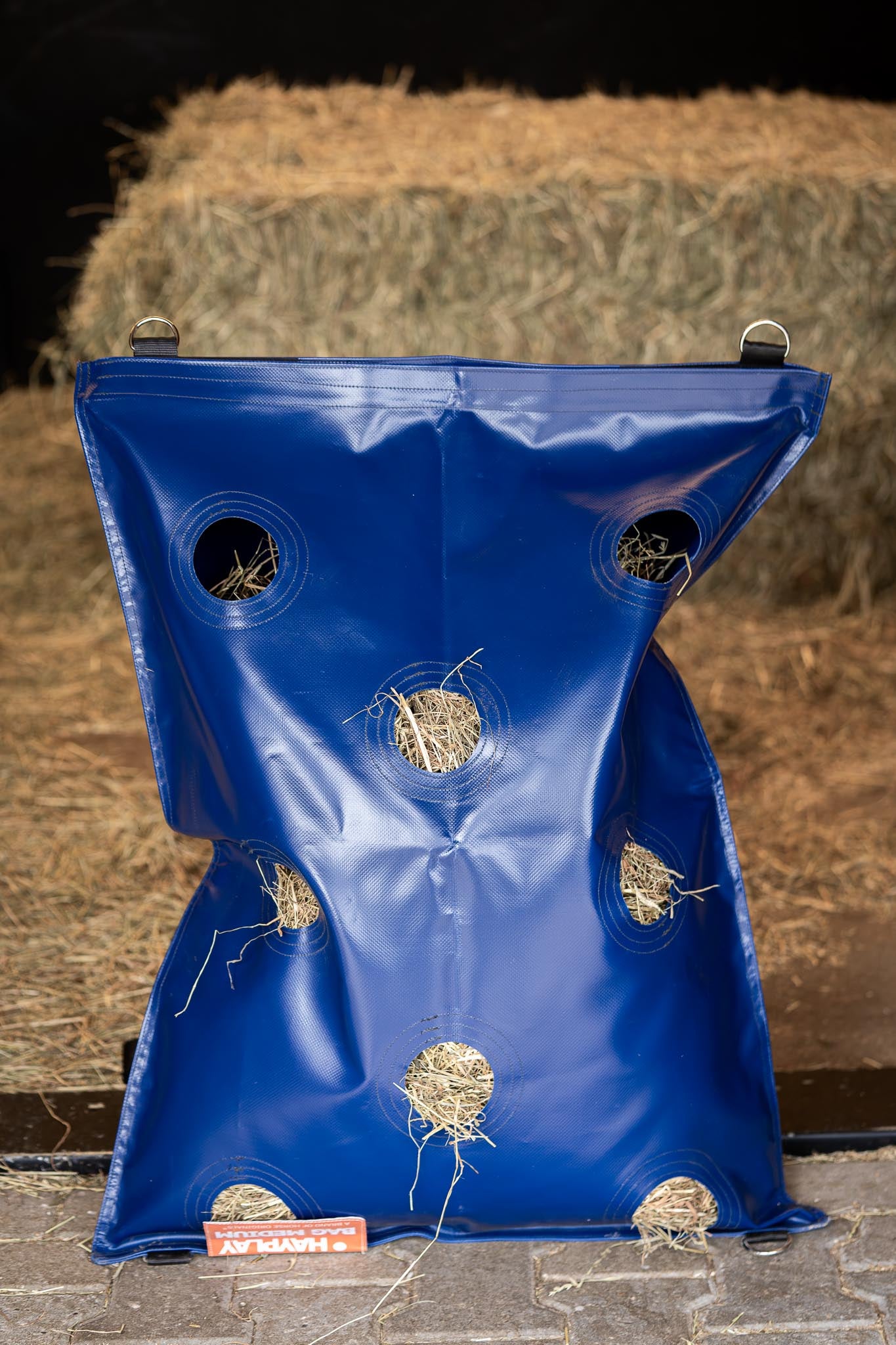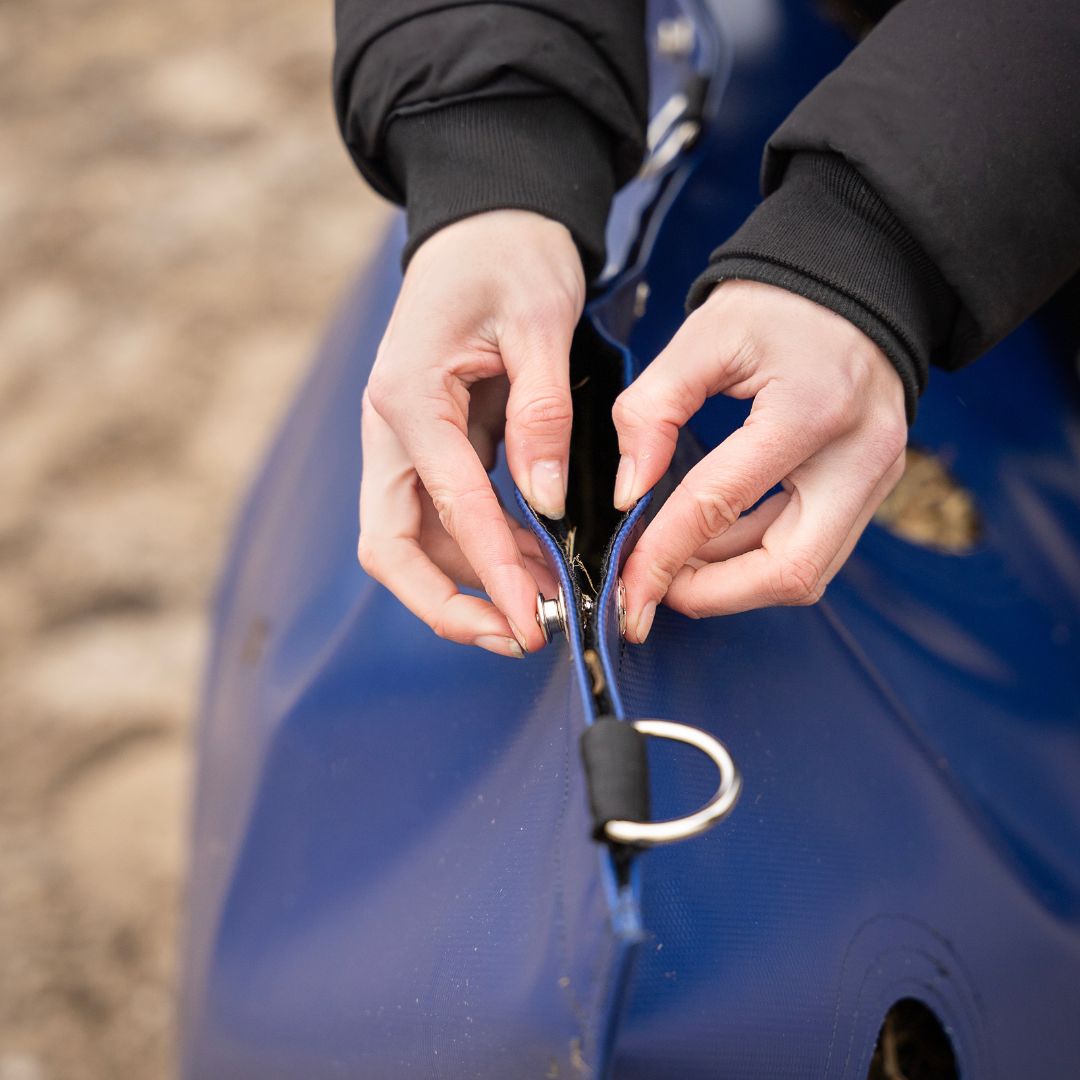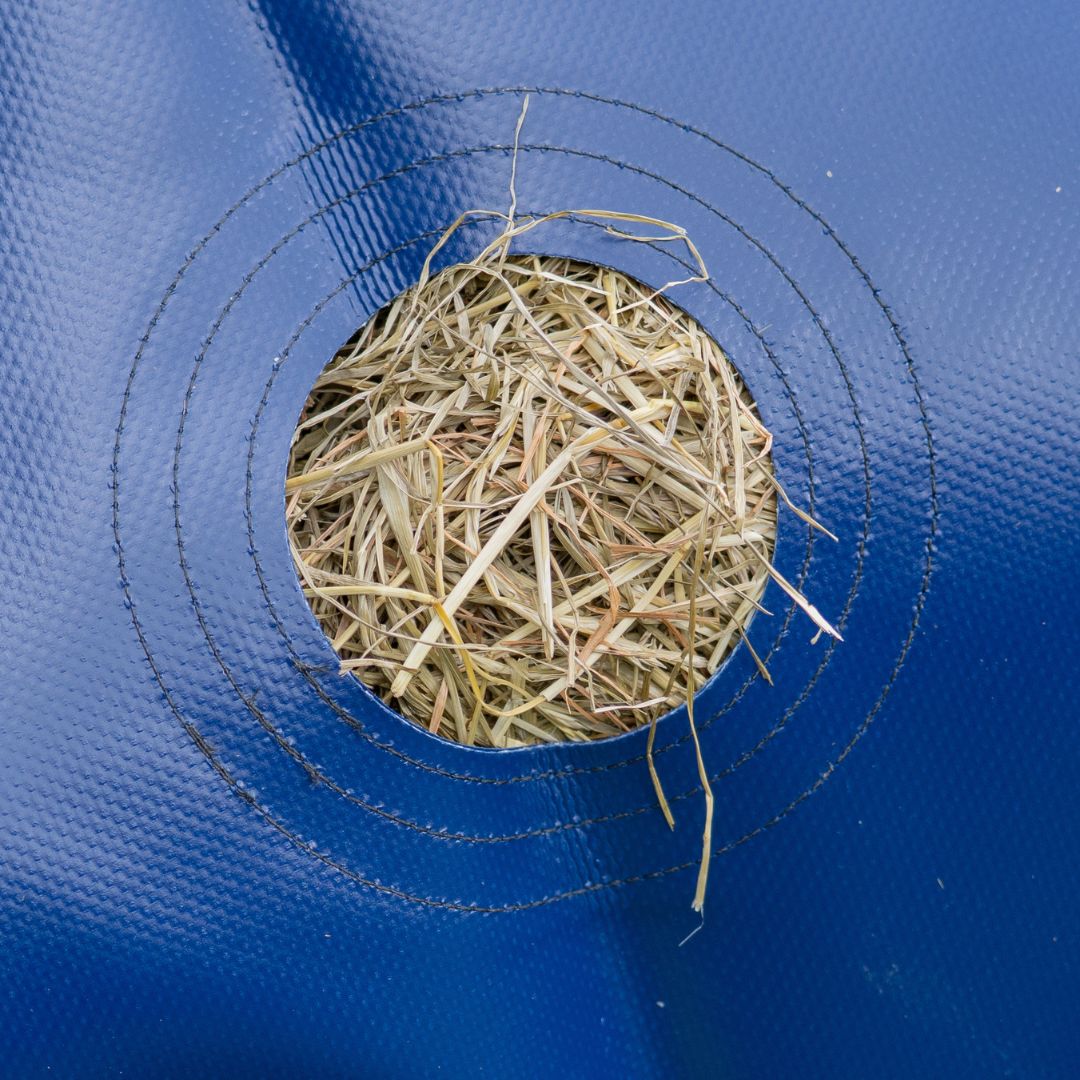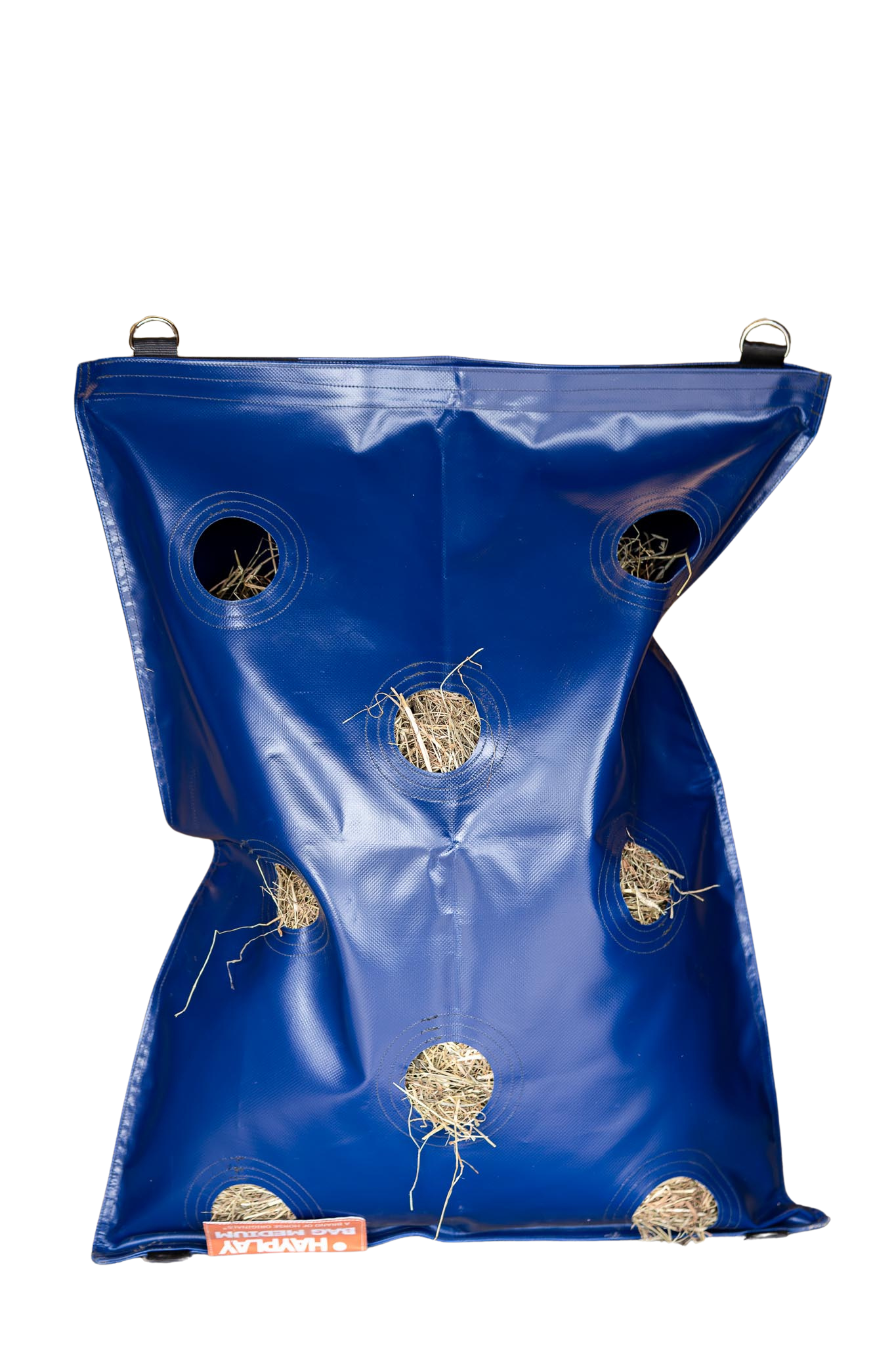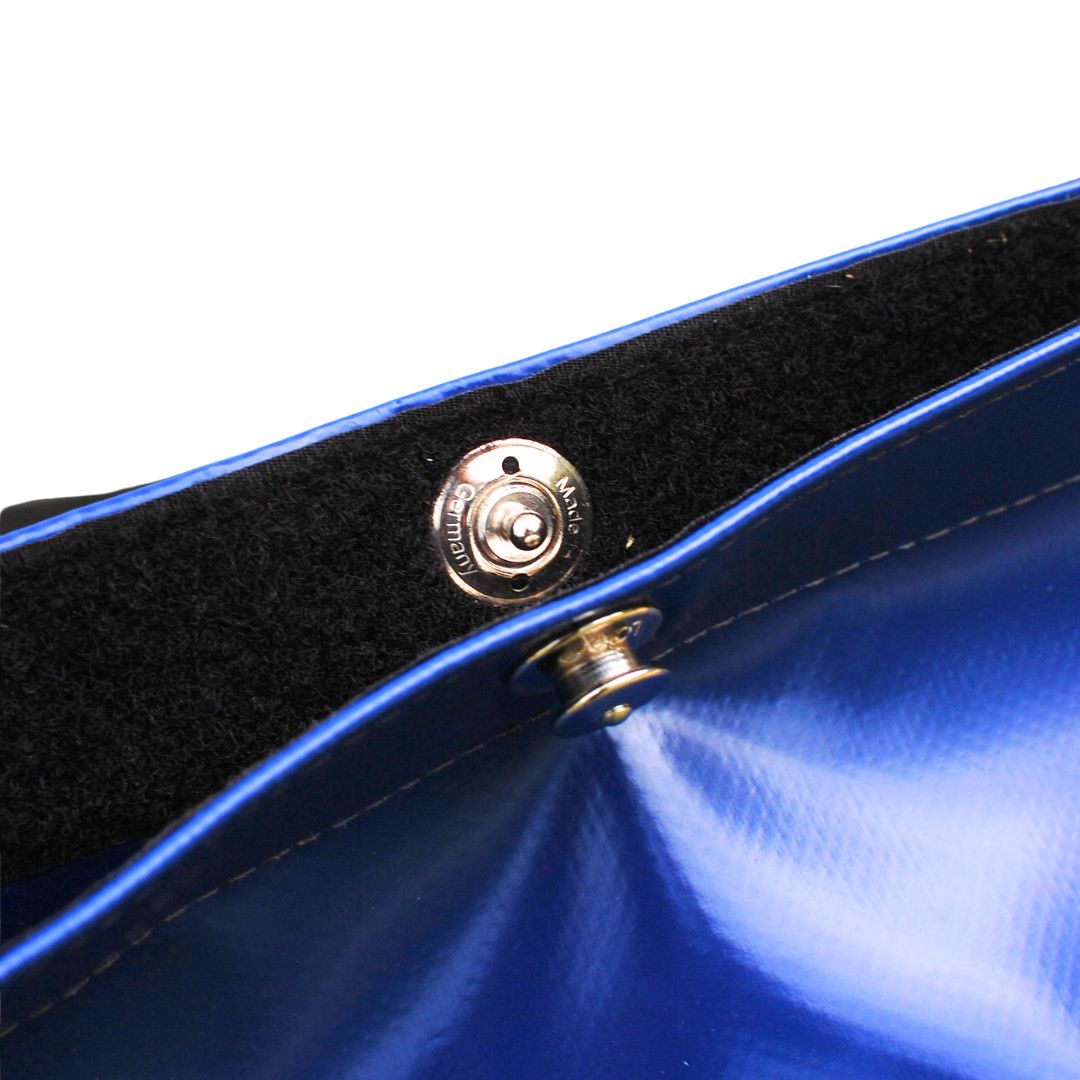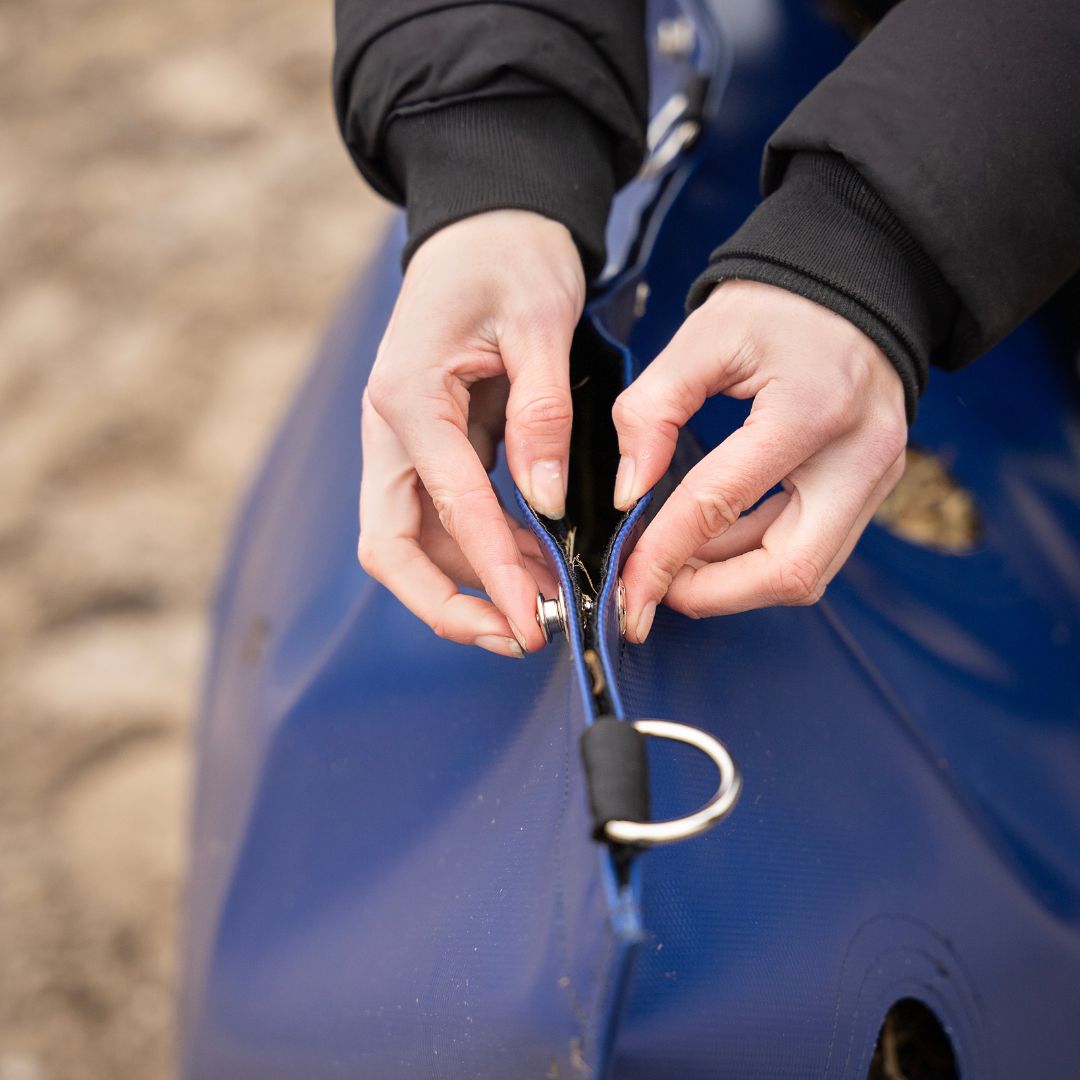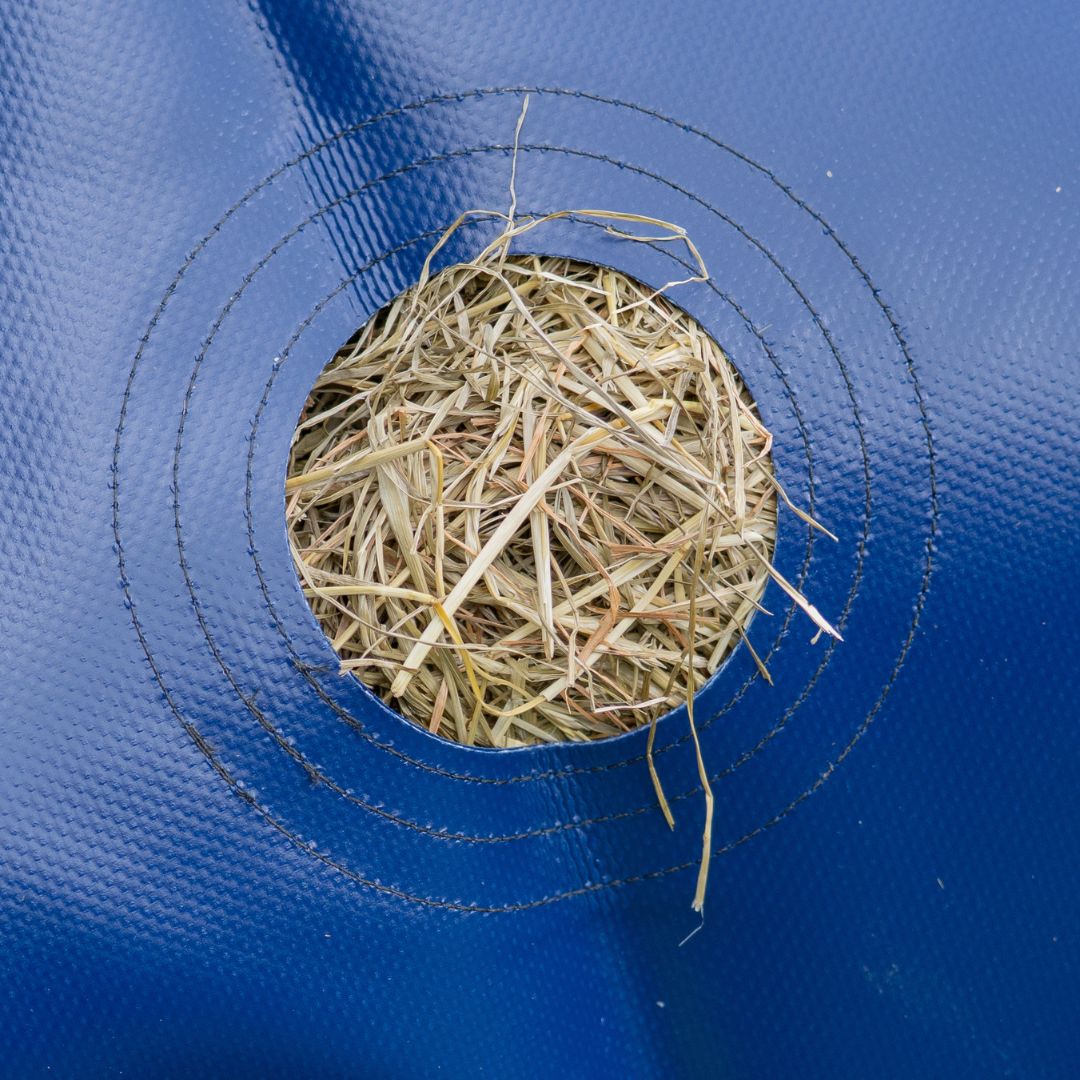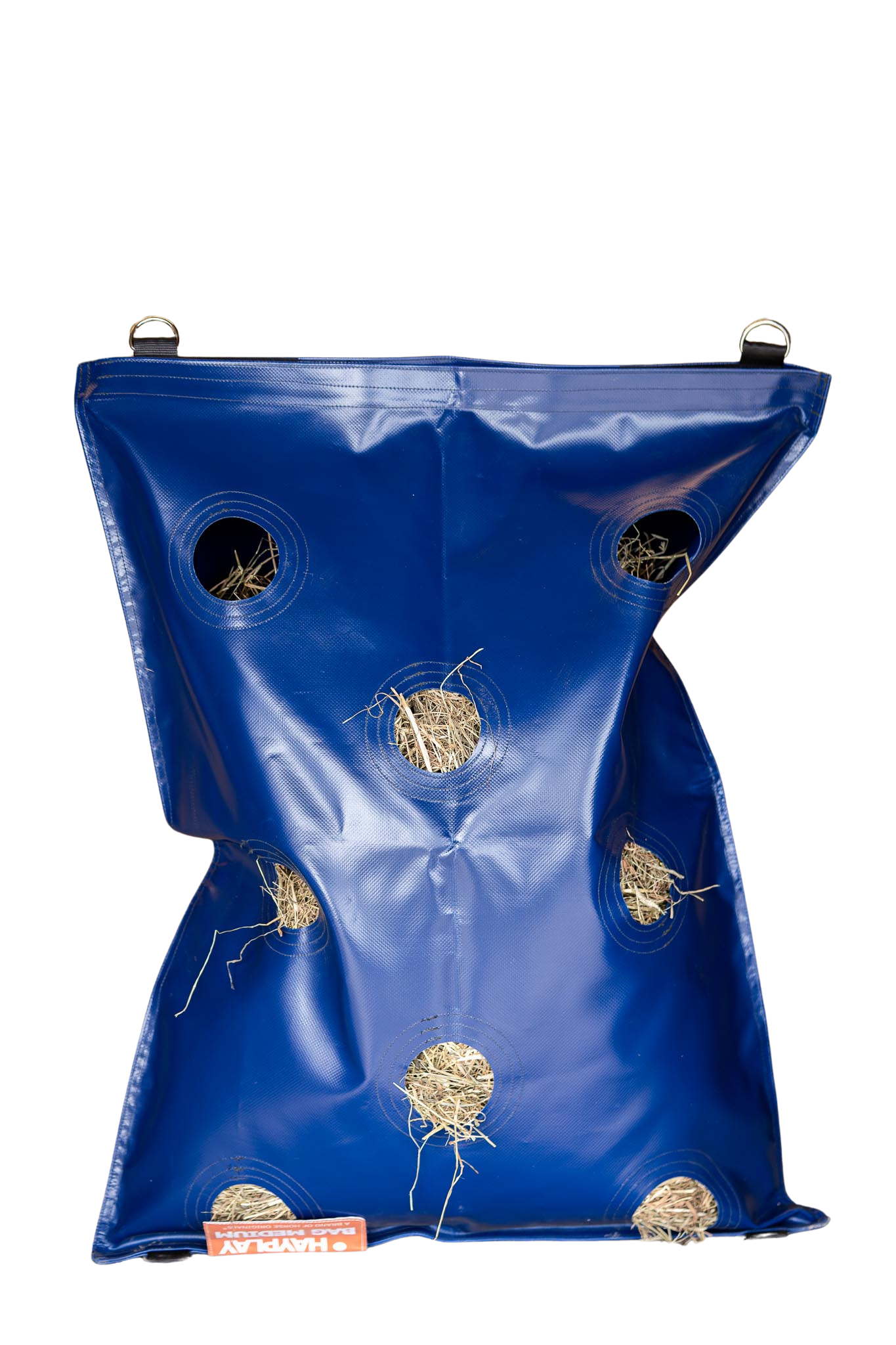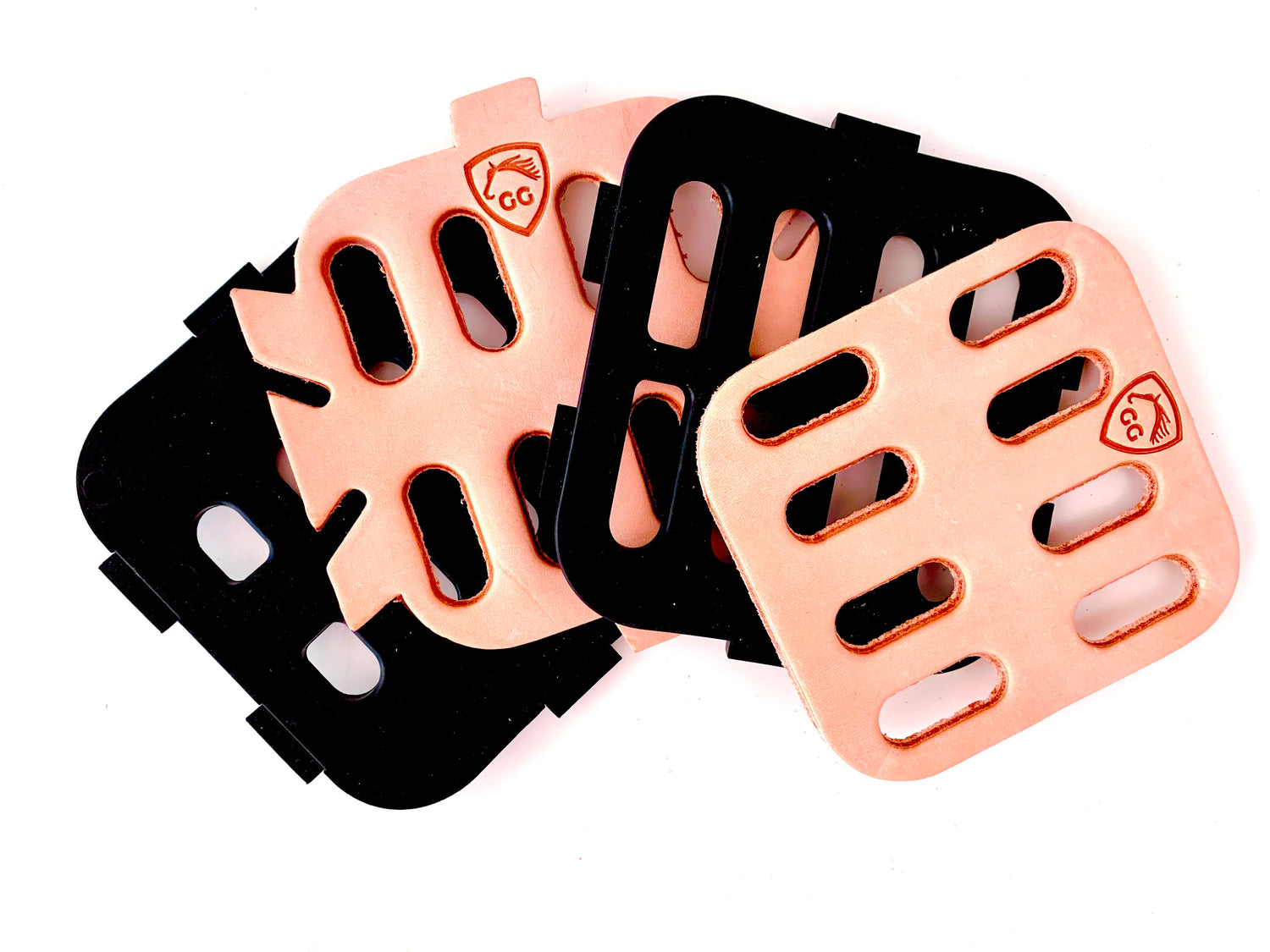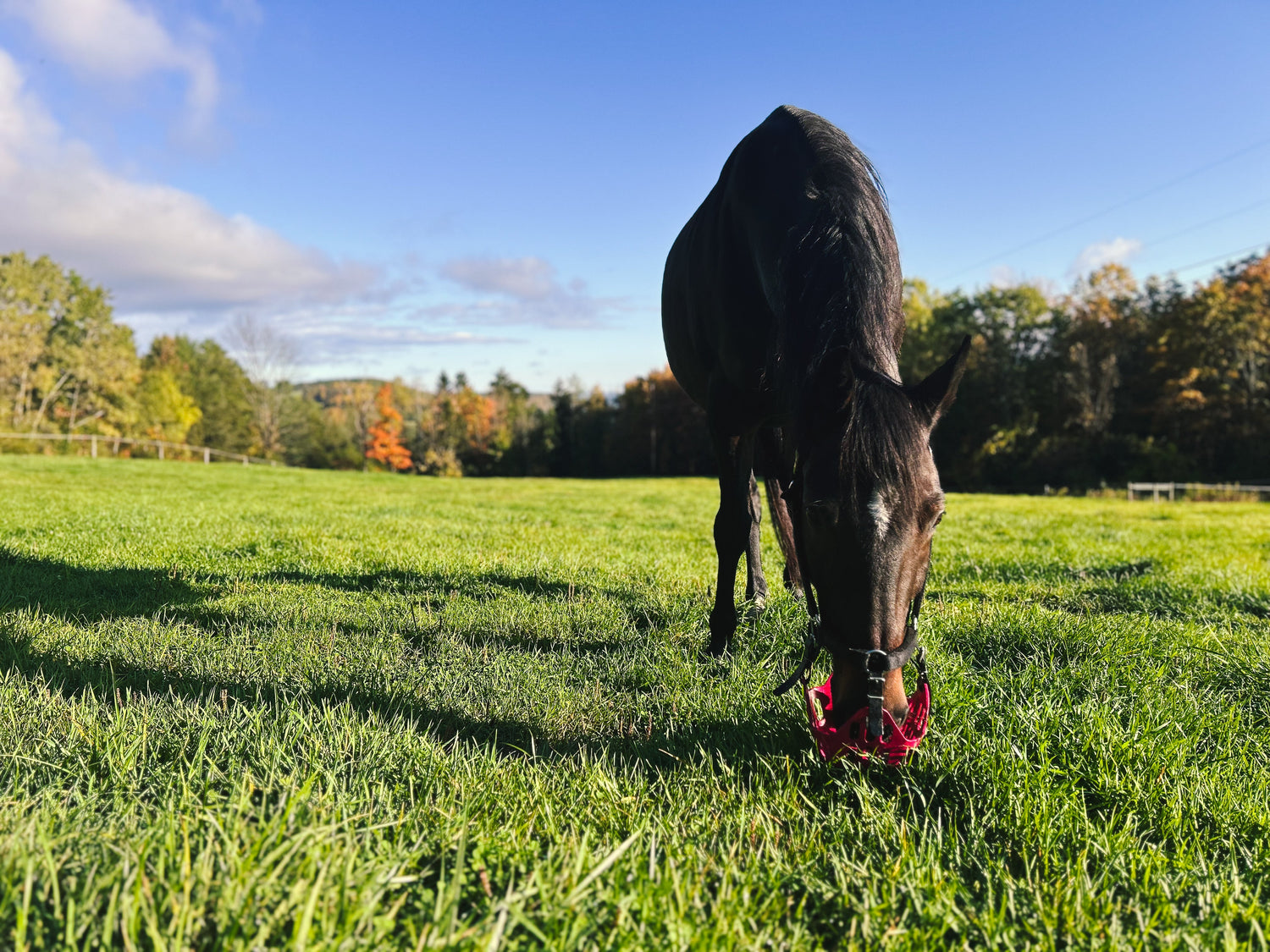What Happens When Horses Transition Back to Hay?
Why the move from pasture to hay deserves just as much attention as spring turnout.
Every spring, horse owners are quick to chat about how to safely transition horses onto grass, introducing turnout slowly, watching for sugar spikes, and being vigilant about laminitis.
But what about the opposite transition?
As days shorten and pastures lose nutritional value, many horses shift from fresh forage to hay-only diets. This transition is often overlooked, yet it can have significant effects on your horse’s digestive system, metabolic health, hydration, behavior, and overall well-being.
Here's what every owner should know about transitioning horses from pasture to hay and how to support a healthier, more comfortable seasonal shift.

Why the Pasture → Hay Transition Matters
1. Sudden Fiber Changes Affect the Hindgut
Grass and hay may both be “forage,” but they differ in:
-
Dry matter content
-
Digestibility
-
Fiber type and length
-
Nutrient profile (sugars, protein, minerals)
Pasture contains 70–80% water, while hay is only 10–15% moisture. That means your horse must suddenly digest much drier, more fibrous material, which slows gut passage rate and increases the risk of:
-
Impaction colic
-
Dehydration
-
Hindgut acidosis
-
Reduced microbial diversity
Why it matters:
A rapid shift from moist grass to dry hay can stress the hindgut microbes that are responsible for maintaining smooth digestion. Microbial imbalance increases colic risk.
2. Hay Often Contains Higher NSCs Than Dormant Pasture
When fall grass goes dormant, its sugar content usually drops.
Hay, however, can vary dramatically depending on:
-
Cutting
-
Curing
-
Storage
-
Grass species
Some hay—especially orchard grass and timothy—may test anywhere from 10–18% NSC, which can be too high for metabolic horses and a significant change from what they were consuming on late-fall pasture.
Testing your hay is one of the best ways to understand exactly what your horse is eating through the winter. With this information, you can make more informed choices about how to balance their diet, support metabolic health, and prevent seasonal flare-ups.
Why it matters:
Horses with EMS, PPID, or a history of laminitis may experience metabolic flare-ups when transitioned to hay with higher NSCs.
3. Behavioral Changes Come from Lost Grazing Enrichment
Pasture allows horses to:
-
Move continuously
-
Forage freely
-
Socialize with herd members
-
Engage in a natural grazing posture

Switching to hay in stationary feeders reduces movement and can lead to:
-
Increased boredom
-
Chewing wood or fencing
-
Anxiety at feeding times
-
Ulcer flare symptoms
-
Herd tension when resources are limited
Why it matters:
Enrichment is not optional. It's a welfare need.
4. Hydration Shifts Put Horses at Risk
Because hay is dry, horses must increase water intake to compensate. Combine this with:
-
Colder weather
-
Reduced thirst response
-
Less moisture from forage
…and you have an increased risk of:
-
Impaction colic
-
Dehydration
-
Reduced gut motility
Why it matters:
Water intake can drop by 15–30% during the first weeks of hay-only feeding.
5. Nutrient Gaps Appear When Pasture Disappears
Pasture is naturally rich in:
-
Vitamin E
-
Omega-3 fatty acids
-
Beta-carotene (vitamin A precursor)
-
High-quality protein
Hay loses most vitamin E and omega-3s during curing and storage.
This transition can leave horses deficient, especially performance horses, metabolic horses, and easy keepers on restricted hay.
Why it matters:
Low vitamin E contributes to muscle soreness, weak toplines, and neurologic vulnerability.
6. Digestion Slows Without Grass-Driven Moisture and Movement
Fresh grass naturally:
-
Hydrates the gut
-
Increases chewing time
-
Promotes healthy gut motility
-
Provides softer, more digestible fiber
Hay does the opposite, leading to firm manure, gas buildup, and in some horses, low-grade chronic colic.
How to Support a Smooth Pasture → Hay Transition
1. Introduce Hay Gradually (Yes, even hay requires adjustment)
Start by adding small amounts of hay while still on pasture, increasing over 10–14 days.
For metabolic horses, test hay and start with soaked hay if needed.
2. Keep Forage Available 24/7
The digestive system is designed for continuous intake.
If restricting, use:
-
Slow-feed hay bags (like GG Equine HayPlay Bags)
-
Grazing muzzles for easy keepers on high-calorie hay
-
Multiple feeding stations to reduce herd tension
3. Support Hydration
Encourage drinking with:
-
Warm water
-
Salt or electrolytes
-
Multiple water stations
-
Adding soaked beet pulp/flax mash
4. Replace Lost Nutrients
Consider adding:
-
Vitamin E (natural, water-dispersible)
-
Omega-3s (flax, camelina, or marine sources)
-
A balanced vitamin/mineral balancer
-
Additional protein for seniors or hard keepers
5. Increase Enrichment
To prevent boredom:
-
Use enrichment feeders (HayPlay slow-feed hay bags, treat balls)
-
Offer safe chew toys or enrichment toys
-
Rotate or provide multiple feeding locations to encourage movement
-
If possible, provide turnout even if the pasture has no grass
6. Monitor Manure and Behavior Closely
Watch for changes such as:
-
Firmer or fewer manure piles
-
Reduced appetite
-
Lethargy
-
Wood chewing
-
Increased anxiety around meal times
These are early warning signs that your horse needs support.

The Bottom Line
Transitioning back to hay is not just a seasonal change; it’s a major dietary and metabolic shift. By planning the transition thoughtfully, supporting the hindgut, and maintaining hydration and enrichment, you can help your horse stay healthy, comfortable, and well-balanced throughout the winter.
Sources
Kentucky Equine Research – Understanding NSC in Forage
https://ker.com/equinews/understanding-nsc-in-forage/
Kentucky Equine Research – Feeding Horses for Health & Performance
https://ker.com/equinews/
The Horse – Winter Hydration for Horses
https://thehorse.com/110020/winter-hydration-for-horses/
Kentucky Performance Products – Elevate® Natural Vitamin E
https://kppusa.com/product/elevate-se/
Kentucky Performance Products – Vitamin E Articles
https://kppusa.com/category/vitamin-e/
AAEP – Care & Welfare Guidelines
https://aaep.org/guidelines
AAEP – Nutrition Resources
https://aaep.org/horsehealth/nutrition
Journal of Equine Veterinary Science (JEVS)
https://www.sciencedirect.com/journal/journal-of-equine-veterinary-science
National Research Council – Nutrient Requirements of Horses (2007)
https://nap.nationalacademies.org/catalog/11653/nutrient-requirements-of-horses-sixth-revised-edition
McGreevy et al. – Equine Behavior
https://www.elsevier.com/books/equine-behavior/mcgreevy/978-0-7020-2845-4
Frape – Equine Nutrition and Feeding
https://www.wiley.com/en-us/Equine+Nutrition+and+Feeding%2C+4th+Edition-p-9781405186781


